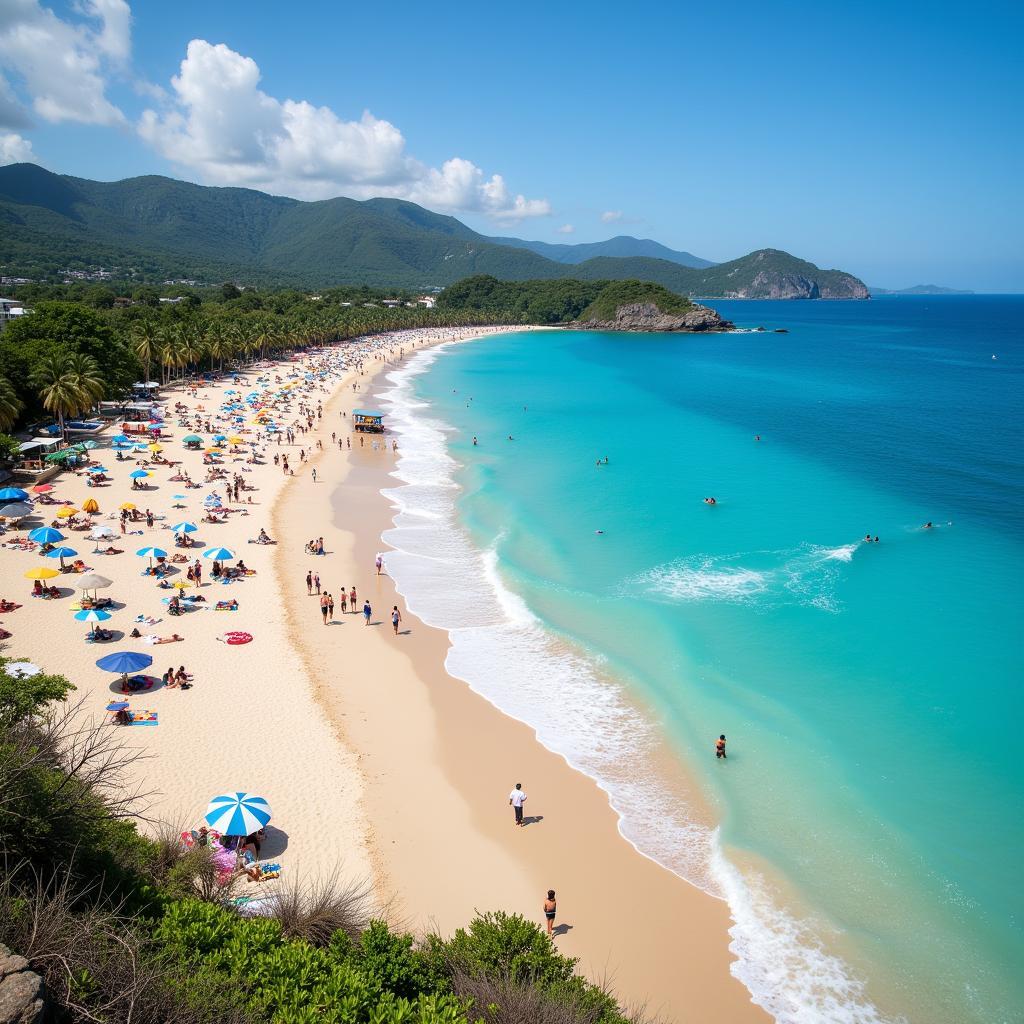Southeast Asia, home to the 10 countries in ASEAN, is a region brimming with cultural richness, economic dynamism, and breathtaking landscapes. This article delves into the unique characteristics of each member state, highlighting their contributions to the ASEAN community and their place on the global stage.
ASEAN, the Association of Southeast Asian Nations, comprises 10 diverse countries: Brunei, Cambodia, Indonesia, Laos, Malaysia, Myanmar, the Philippines, Singapore, Thailand, and Vietnam. These nations, bound by shared geography and a commitment to regional cooperation, represent a vibrant tapestry of cultures, economies, and political systems. Understanding the individual characteristics of each member state is key to appreciating the multifaceted nature of ASEAN as a whole.
Brunei: The Abode of Peace
Brunei, a small but wealthy nation on the island of Borneo, is known for its stunning mosques and opulent palaces. Its economy is heavily reliant on oil and gas, contributing significantly to its high GDP per capita. Brunei’s commitment to Islamic principles shapes its social and political landscape.
Cambodia: The Kingdom of Wonder
Cambodia, with its ancient temples like Angkor Wat, is a country steeped in history and culture. The nation has made significant strides in economic development in recent decades, with tourism playing a vital role. Cambodia’s resilience in the face of past challenges is a testament to its people’s strength.
Indonesia: The Emerald of the Equator
Indonesia, the world’s largest archipelago, is a land of volcanoes, rainforests, and diverse cultures. Its vast population and rich natural resources make it a major player in the Southeast Asian economy. Indonesia’s democratic transition has been a remarkable journey.
Laos: The Land of a Million Elephants
Laos, a landlocked country known for its tranquil landscapes and Buddhist temples, offers a unique experience of Southeast Asia. While its economy is still developing, Laos has made progress in poverty reduction and sustainable development.
Malaysia: Truly Asia
Malaysia, a vibrant mix of Malay, Chinese, and Indian cultures, boasts bustling cities and pristine beaches. Its economy is diversified, with strengths in manufacturing, tourism, and technology. Malaysia’s commitment to multiculturalism is a source of its strength.
Myanmar: The Golden Land
Myanmar, a country of golden pagodas and rich cultural heritage, is undergoing a period of significant transition. While facing political and economic challenges, Myanmar’s potential for growth and development remains immense.
The Philippines: The Pearl of the Orient Seas
The Philippines, an archipelago of over 7,000 islands, is known for its warm hospitality and stunning natural beauty. Its economy is driven by remittances, tourism, and business process outsourcing. The Philippines’ vibrant democracy is a cornerstone of its identity.
 The Philippines' Thriving Tourism Sector Fuels Economic Growth
The Philippines' Thriving Tourism Sector Fuels Economic Growth
Singapore: The Lion City
Singapore, a small island nation, is a global hub for finance, trade, and technology. Its impressive economic success is a result of strategic planning and a highly skilled workforce. Singapore’s innovative approach to urban development is admired worldwide.
Thailand: The Land of Smiles
Thailand, known for its beautiful temples, vibrant street markets, and delicious cuisine, is a popular tourist destination. Its economy is diversified, with strengths in tourism, agriculture, and manufacturing. Thailand’s rich cultural heritage is a source of national pride.
ase department of labor claims
 Thailand's Rich Cultural Heritage Attracts Tourists Worldwide
Thailand's Rich Cultural Heritage Attracts Tourists Worldwide
Vietnam: The Ascending Dragon
Vietnam, a country with a rich history and a dynamic economy, is rapidly emerging as a key player in Southeast Asia. Its economic growth is driven by manufacturing, exports, and foreign investment. Vietnam’s resilience and adaptability are key to its success.
The 10 countries in ASEAN, despite their differences, are united by a shared commitment to regional cooperation and economic integration. ASEAN’s role in promoting peace, stability, and prosperity in Southeast Asia is crucial.
Conclusion: The 10 countries in ASEAN represent a dynamic and diverse region with immense potential. By understanding the unique characteristics of each member state, we can appreciate the rich tapestry of cultures, economies, and political systems that make up this vibrant corner of the world. Exploring the 10 countries in ASEAN is an enriching experience, offering a glimpse into the past, present, and future of Southeast Asia.
FAQ:
- What does ASEAN stand for? (Answer: Association of Southeast Asian Nations)
- How many countries are in ASEAN? (Answer: 10)
- Which country in ASEAN has the highest GDP per capita? (Answer: Brunei)
- Which country in ASEAN is known as the Land of Smiles? (Answer: Thailand)
- What is the currency of Indonesia? (Answer: Indonesian Rupiah)
- What is the capital of Vietnam? (Answer: Hanoi)
- What is the main religion in Cambodia? (Answer: Buddhism)
For further assistance, please contact us at Phone: 0369020373, Email: [email protected] or visit our address: Thon Ngoc Lien, Hiep Hoa, Bac Giang, Vietnam. Our customer service team is available 24/7.


